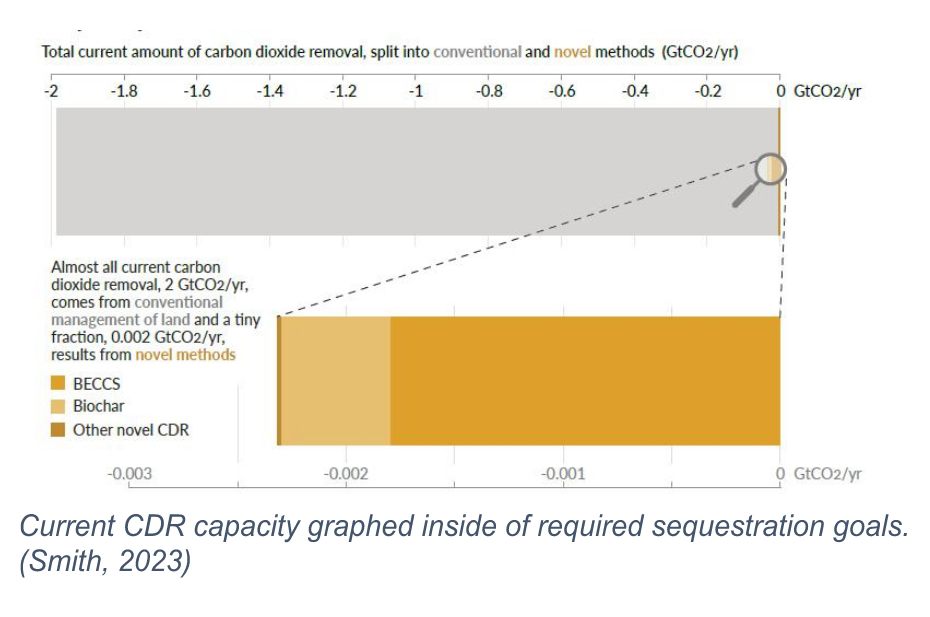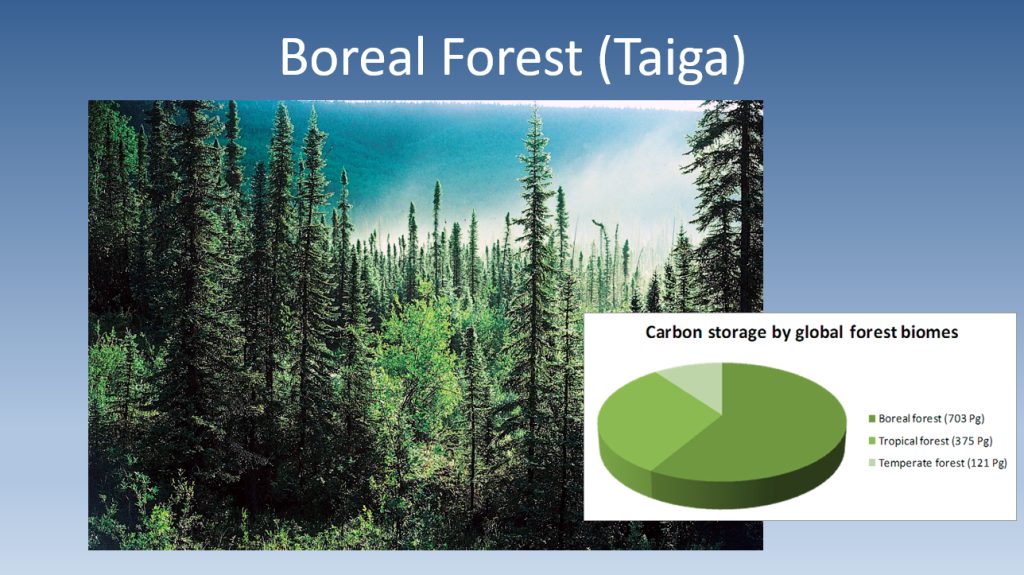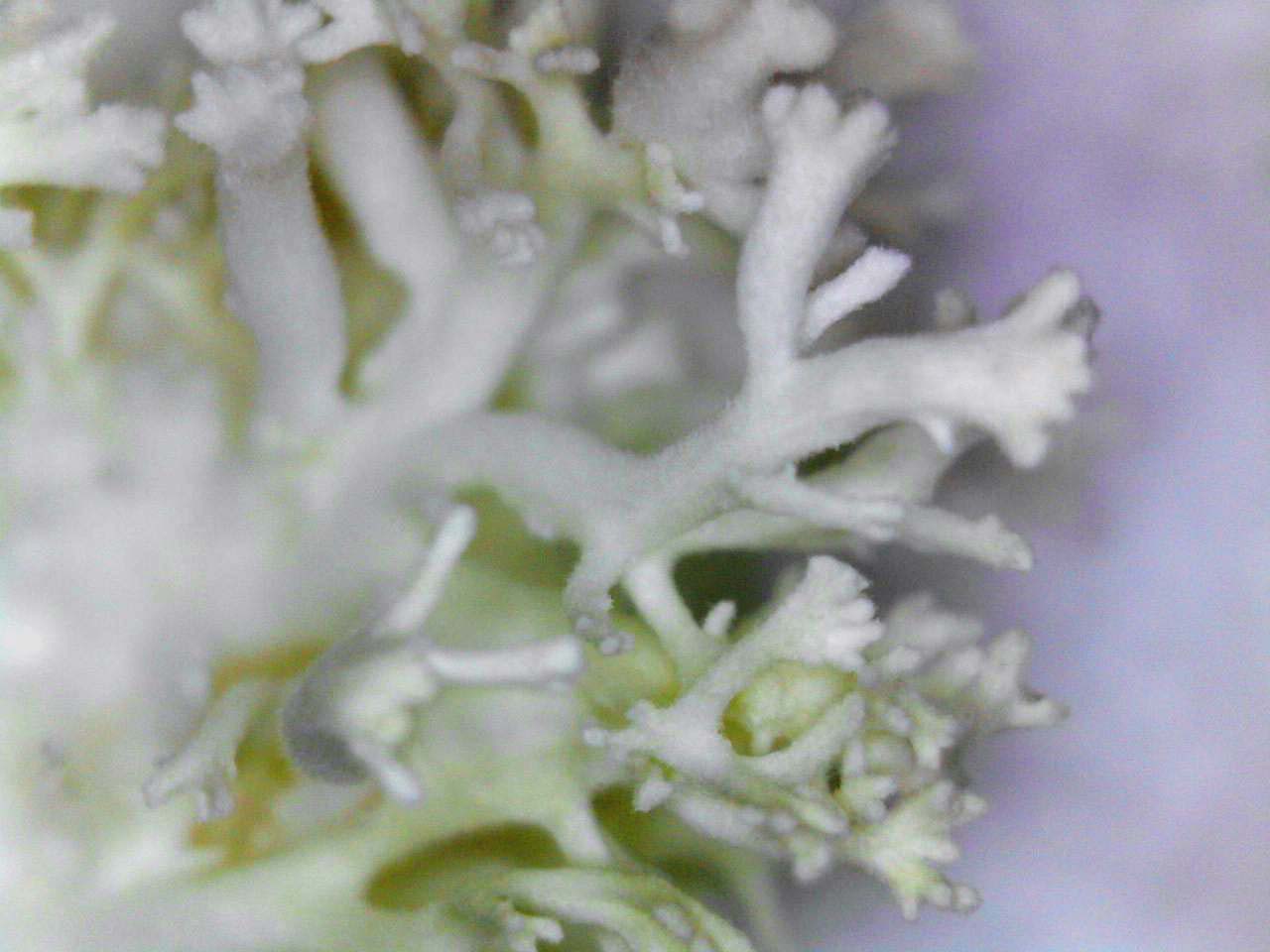We noticed from the very first test project that the post-decay compost created by this technique was twice as high in carbon as natural forest duff. Our attention was always on attempting to mimic duff as close as possible both chemically and in terms of mass and texture. Being Foresters, we wanted to have as minimal of an ecological impact as possible. The use of native wood rotting mushrooms, trained via generational conditioning, is a direct response to the desire to eliminate the issue of invasive species.

Carbon sequestration, also called Caron Capture is the means by which we reverse our current climate pollution ways and begin removing carbon dioxide from the atmosphere. Over a century of truley amazing carbon dioxide release has created a situations where we will need to remove giga (or pehaps peta-) tonnes of CO2 from the air and bind it in some form or another. This graph shows our needed sequestration and what we are actually achieving, presently.
The fossil fuels we have burnt to fuel our industrial revolutions came from fossilized sources. This is carbon that had be sequestered for millions of years. This is how we have torqued our carbon cycle so far out of whack.Methods of carbon removal and fixation are few and fear between. This is why we immediately understood that if we could develop methods of keeping the carbon from the mega tons of wood waste we are producing out of the atmosphere, that it would be useful. The fewer machines that need fuel or power, the better.
The largest terrestrial sinks of carbon on the planet are the oceans and the soil. Oceans are eager absorbers of CO2, but this changes the water chemistry, threatening all life within.. Soil, however, is highly carbon depleted thanks to our petrol-chemical farming techniques. The most carbon dense soils on the planet are in the Taiga, the Boreal forest that circles the globe just below the arctic circle. Why is this? Because it is composed of a large percentage of the wood components lignin and cellulose.

The experiment “The Carbon Sequestration Potentials of Fungally Produced Compost” is currently just over a year in, presently. This in vitro ( in the lab) study will give us much more accurate readings on the carbon cycles that exist between wood waste, out mushroom friends, and the atmosphere. Partnering with us helps fund this and other research into myco forestry, myco remediation, and myco agriculture. Research is the basis of our work and some boast from often well-meaning, but non-scientific organizations.
Stay tuned to this page for updates on our work and the work of others as this topic develops.


